The cylindrical body and flat lid add a sense of centeredness and repose to this Yixing, named for a kind of bronze bell popular during the Zhou dynasty. But the application of tea, like a mallet to its namesake, will reveal a nature that’s anything but static. With ample room for leaves to circulate in, infusions can brew quickly before being streamed through the thick, hooked spout and built-in net filter. But for those that like to portion their tea directly into cups, the flattened knob allows for easier ‘muffling’ of the stream by judicious application of a finger to the airhole. It’s an instrument that rewards skill with taste.
The clay
The precious lao zhuni (??????) is a rare red ore extracted from the now closed mine in Xiaomeiyao (СúҤ), among the most famous sites for Yixing ore extraction. This zhuni is particularly rare because the clay has been aged before being shaped into a teapot and fired, soaking and tempering the material. The suffix “lao” (“old” in Mandarin) refers to the long storage.
Zhuni shrinks significantly during firing, and the resultant density and superior heat retention recommends it for use with aromatic teas or those brewed with the hottest water, such as rolled oolongs or black teas.
Why do I need a Yixing teapot?
The material and the shape of Yixing teapots are ideal for brewing tea. They bring out the tea flavor like no other tea vessel. Hand-made Yixing teapots are also valuable handicrafts sought after by collectors. Their value raises with time, usage and artist popularity.
Yixing teapots are made of a rare and depleting clay mined in the mountains near Yixing, a city in the Jiangsu province. The high density yet porous nature of the clay absorbs the smell of the tea brewed in it. For this reason, it is advised to use the pot with only one kind of tea (for instance with black teas or green teas). Bring your tea to the next level; allow yourself an authentic Yixing teapot.
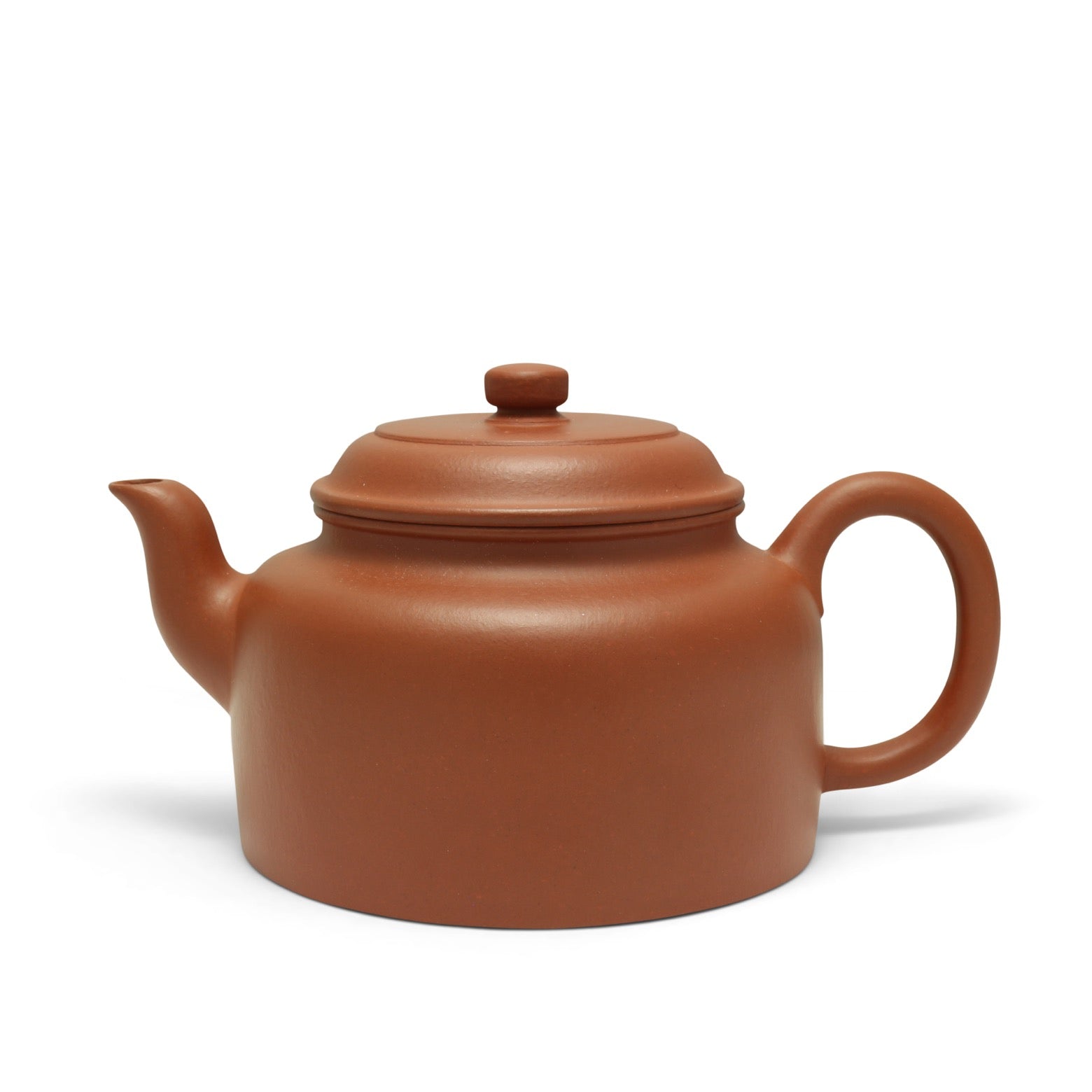
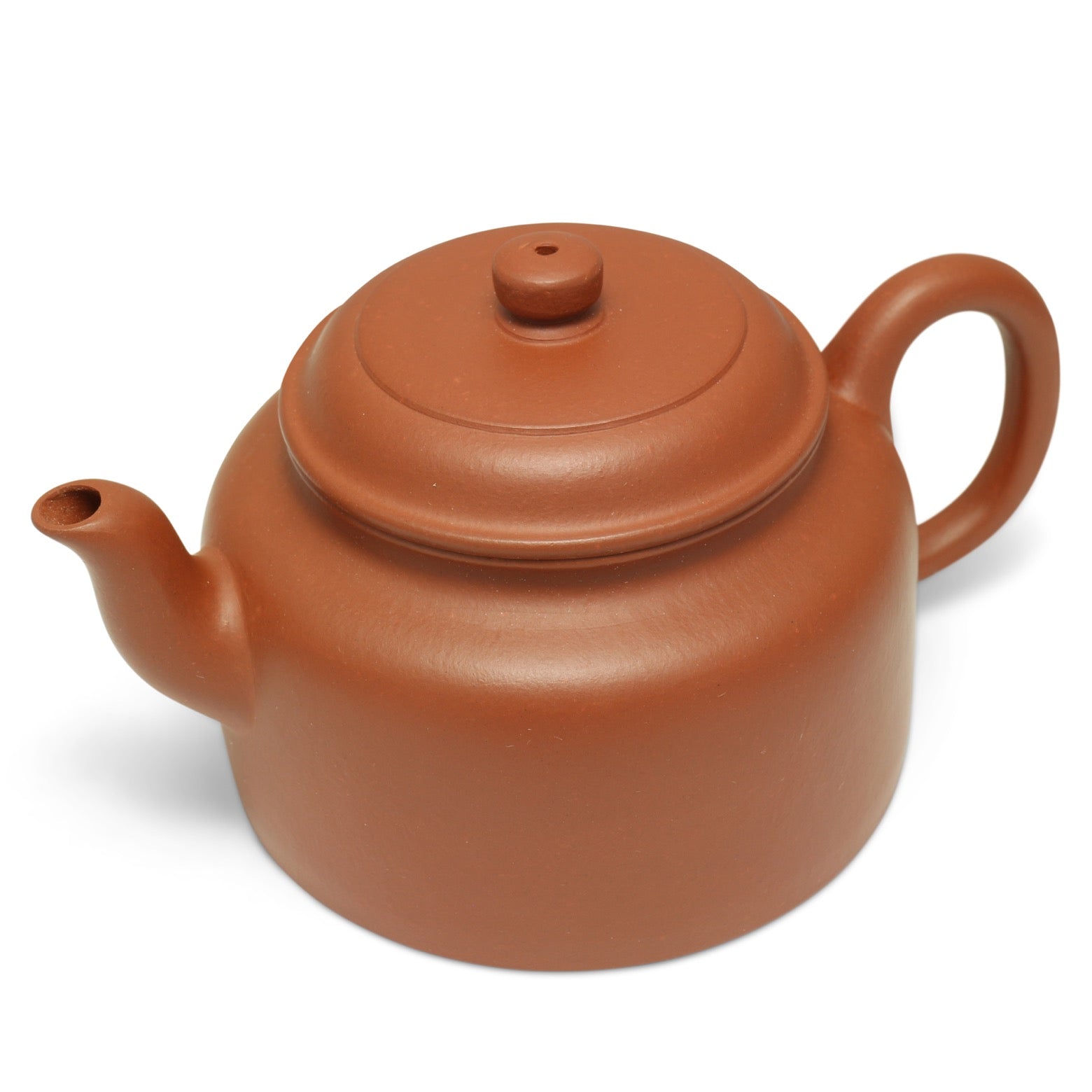
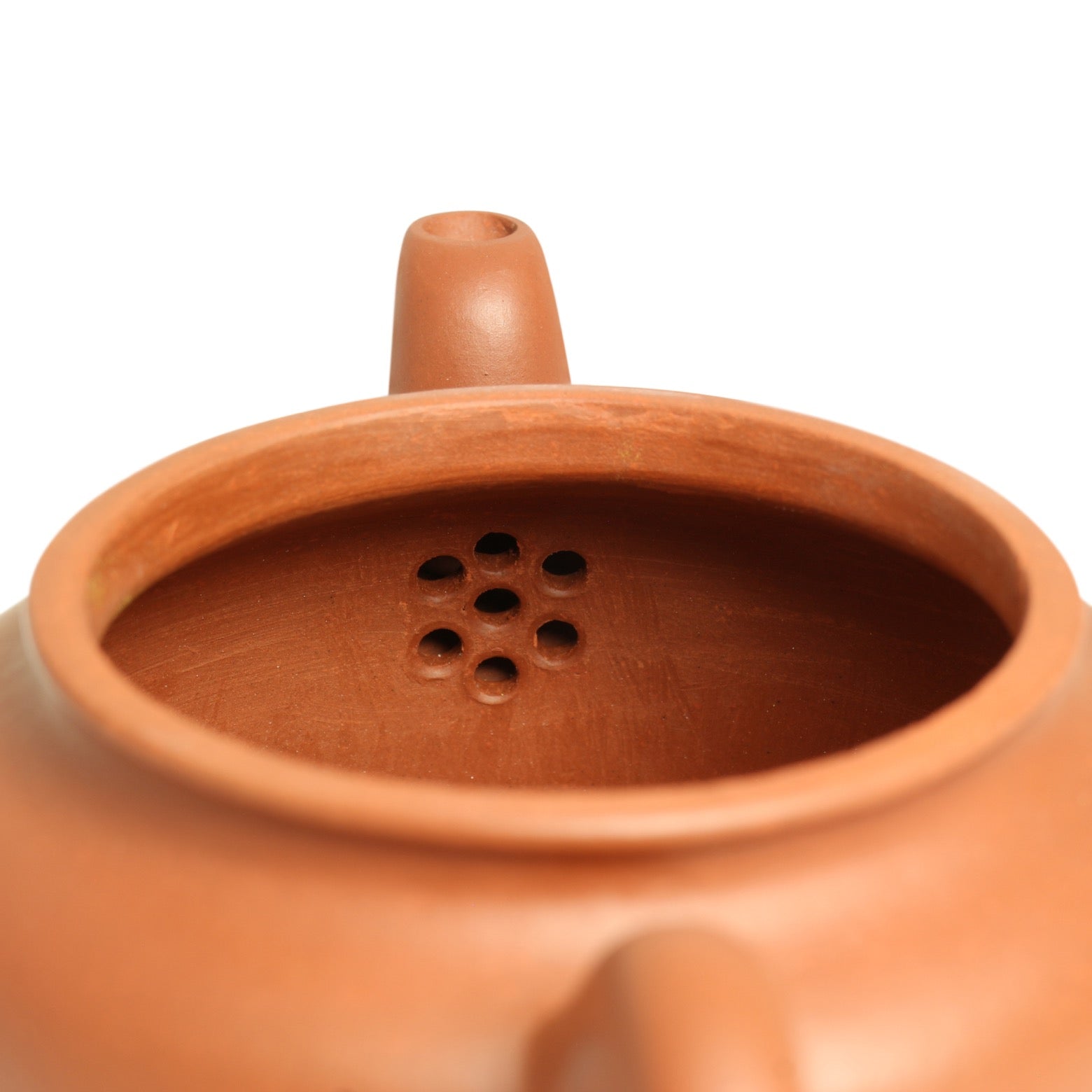

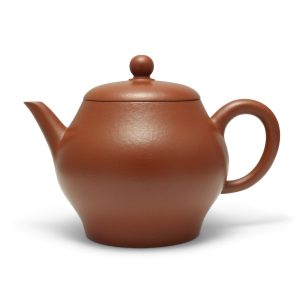
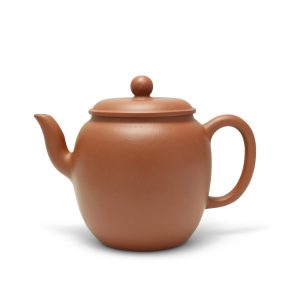
Reviews
There are no reviews yet.